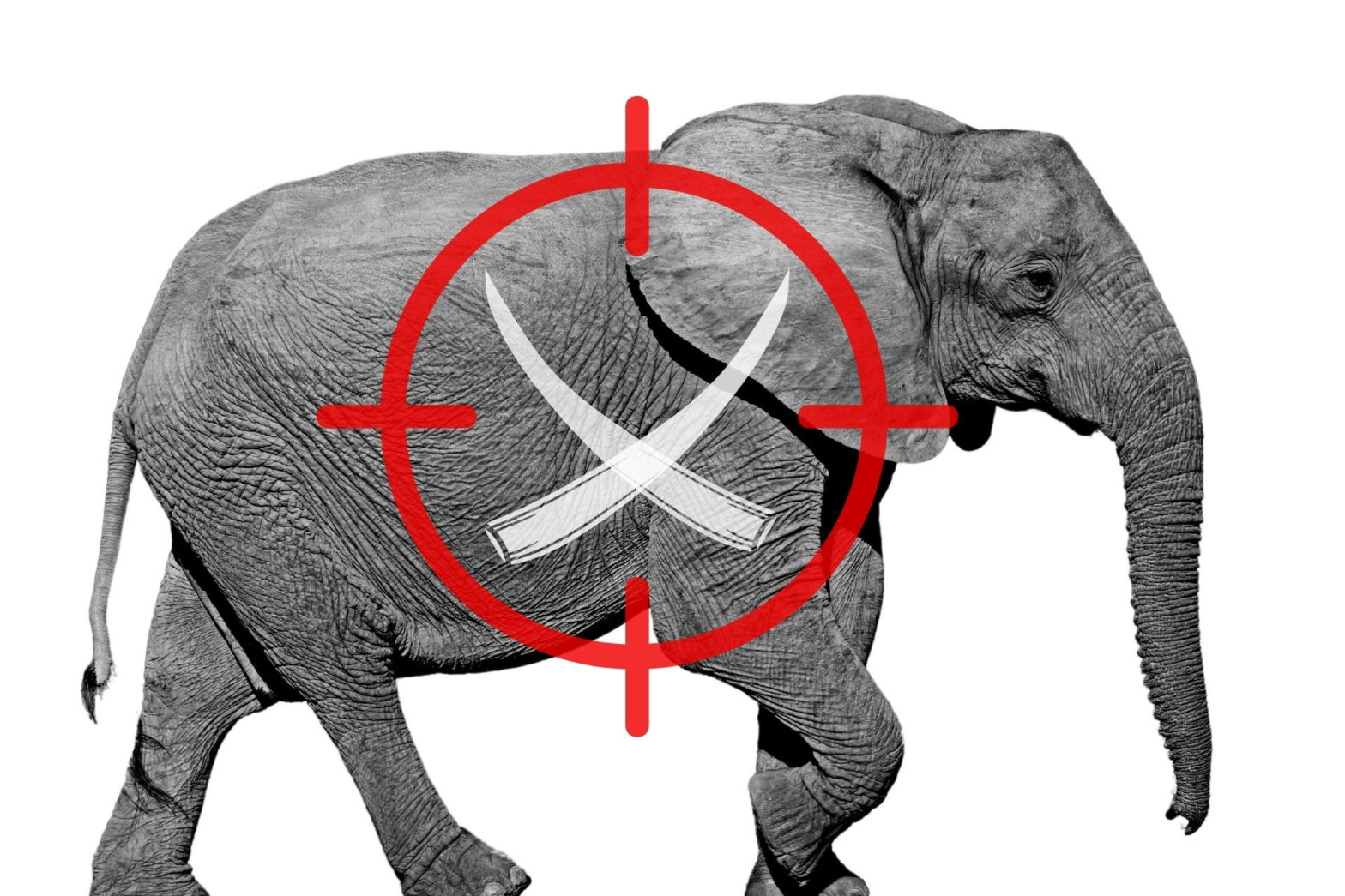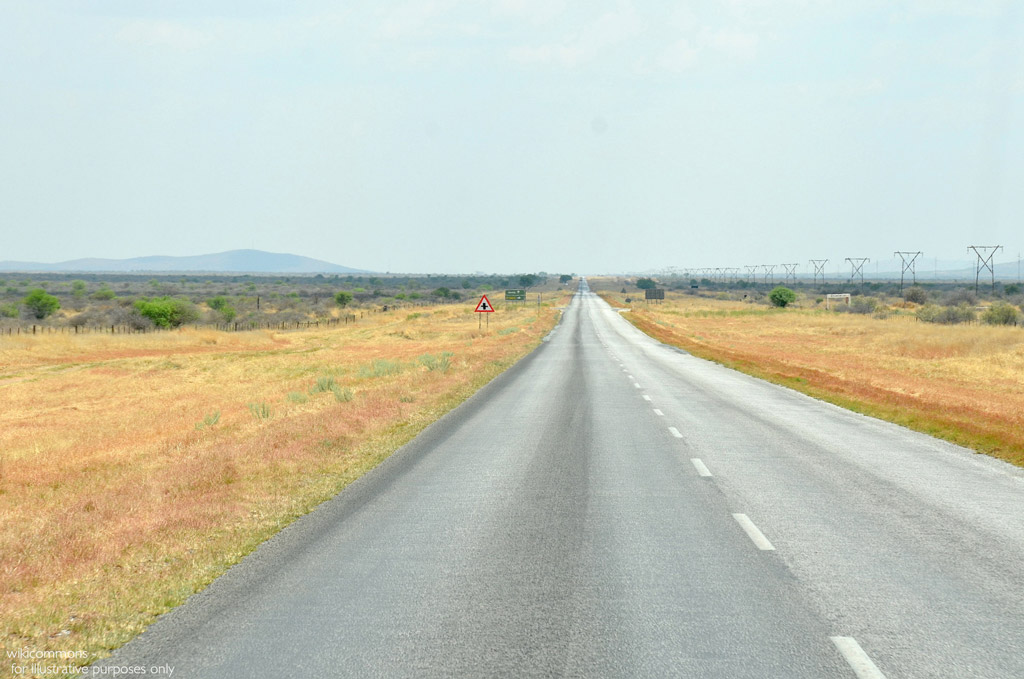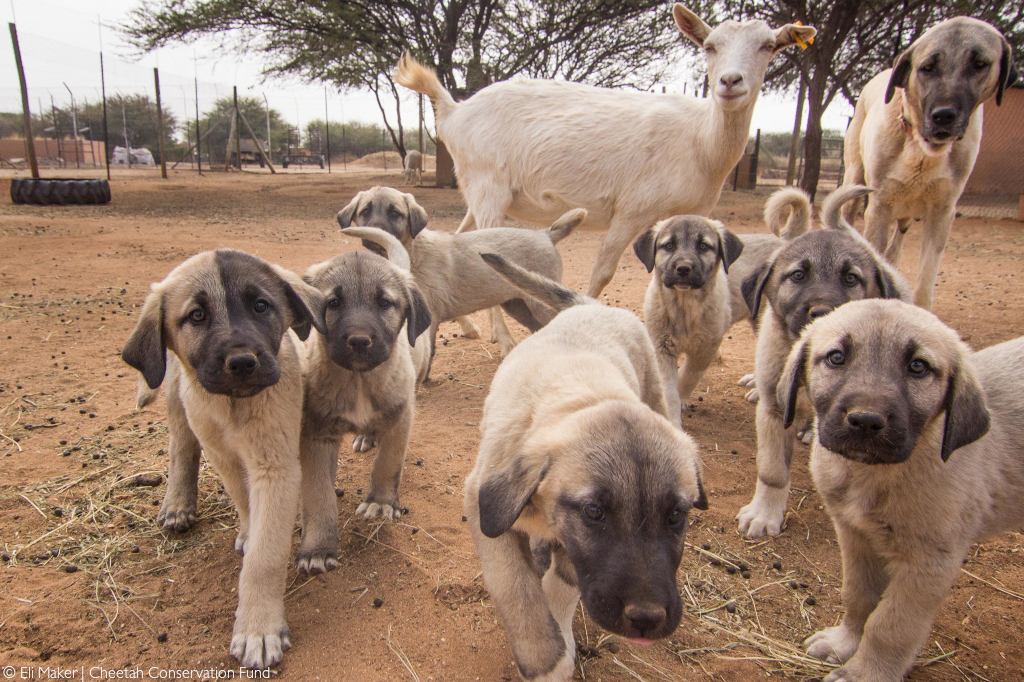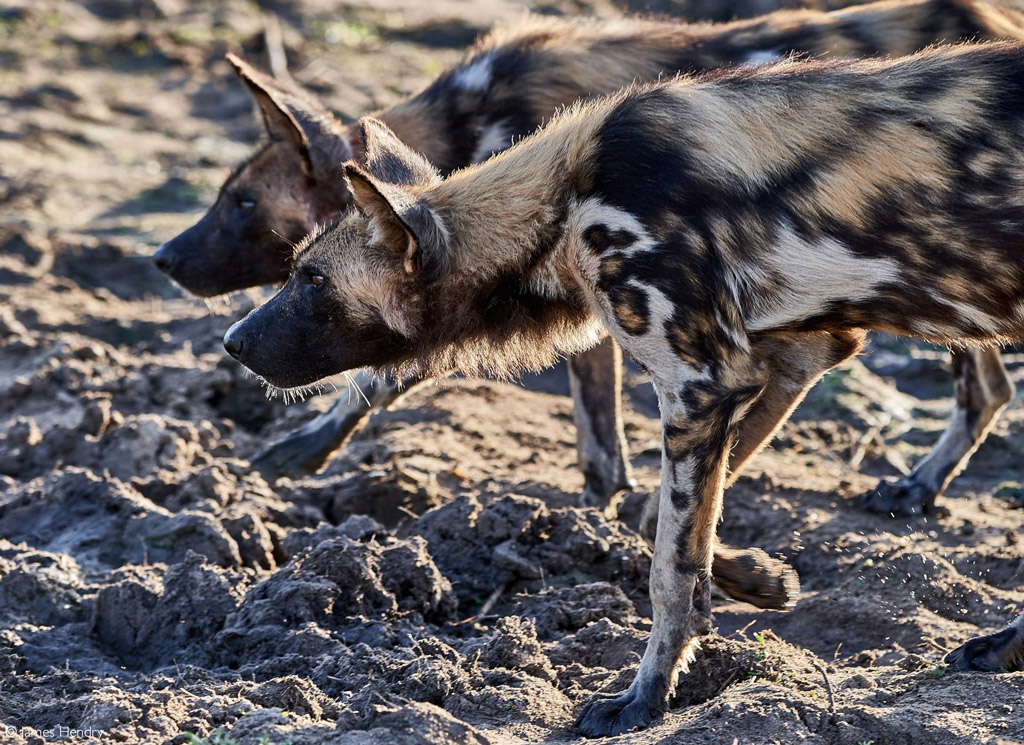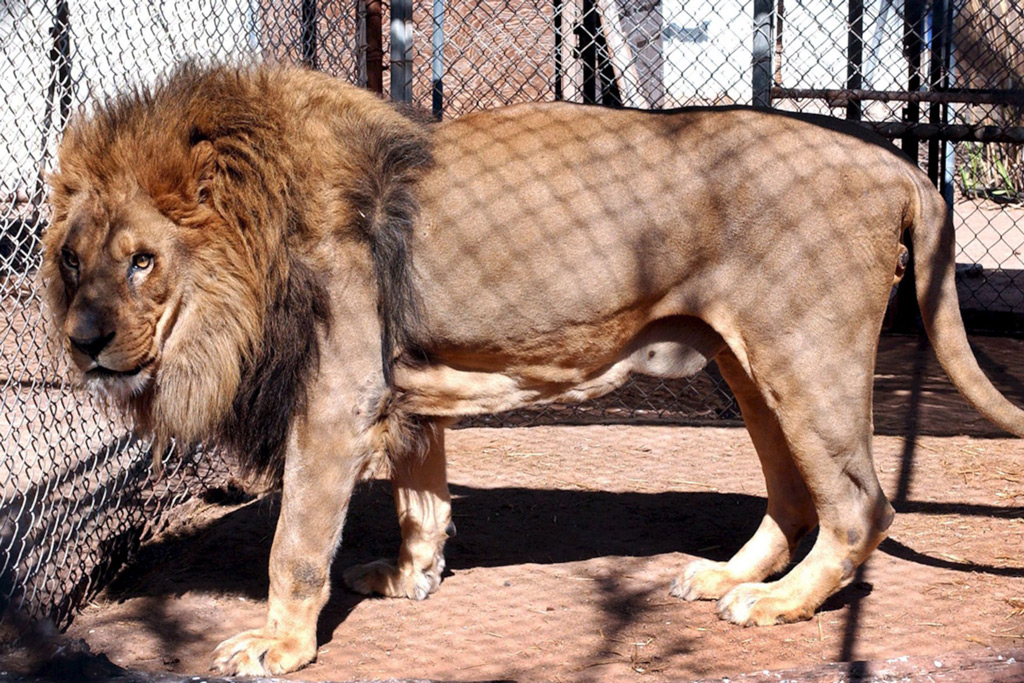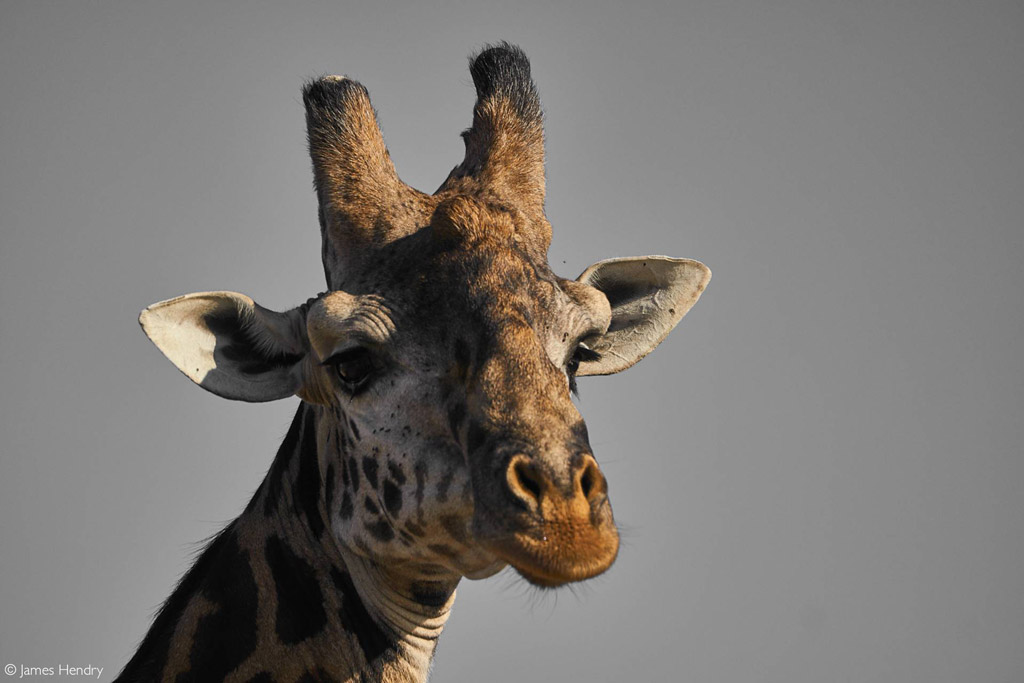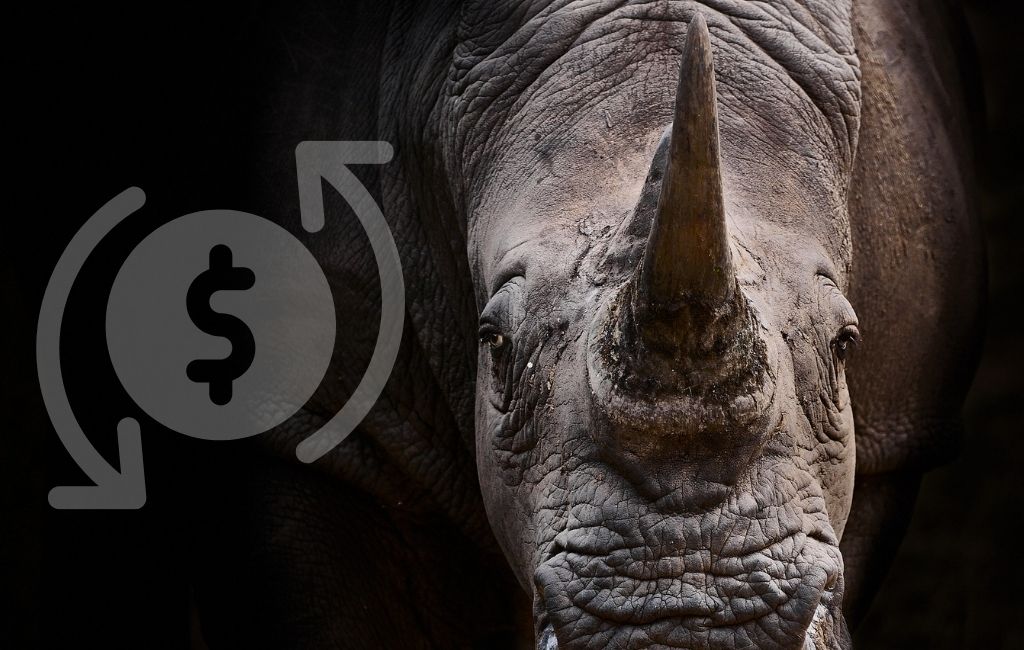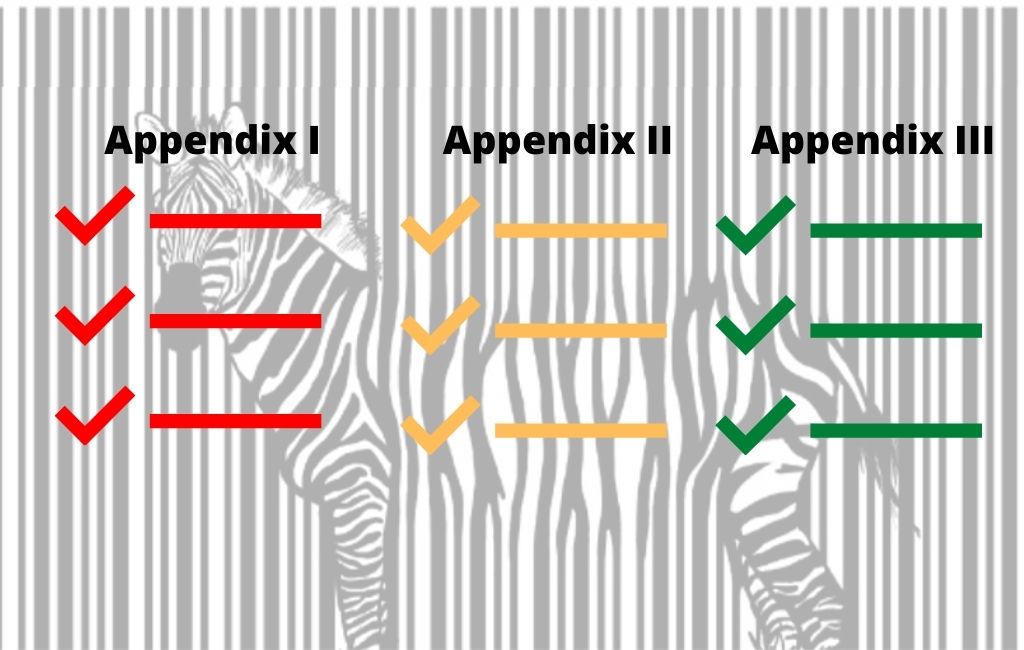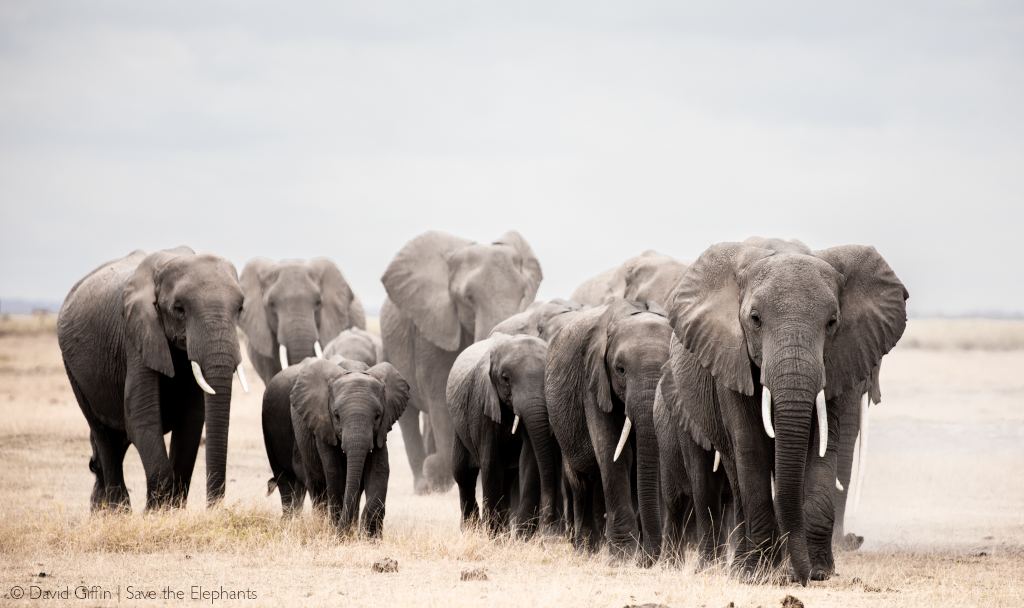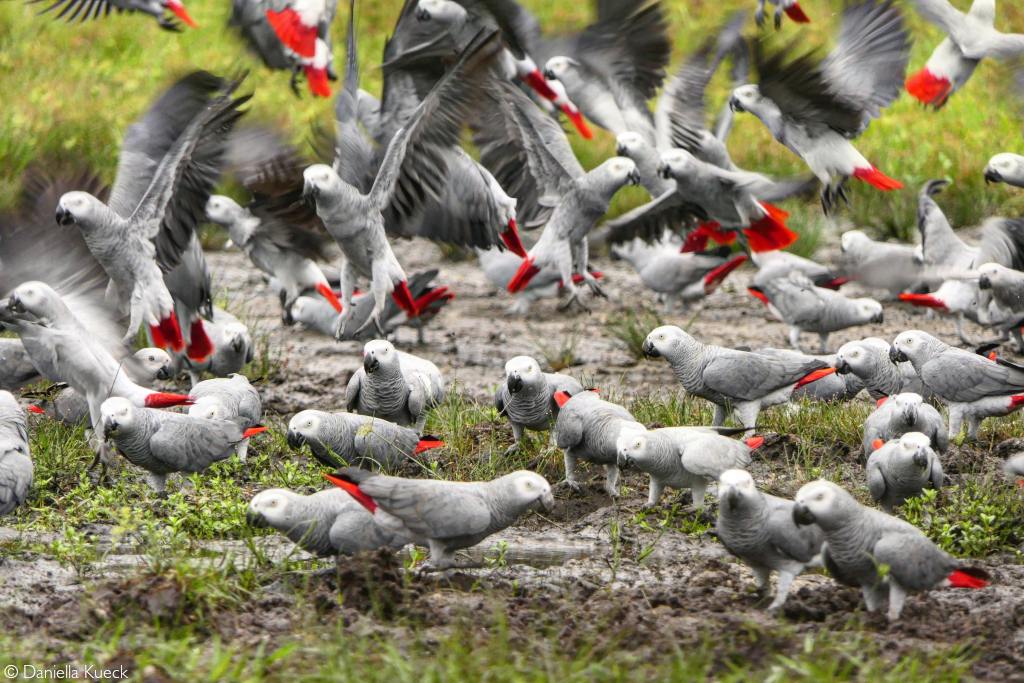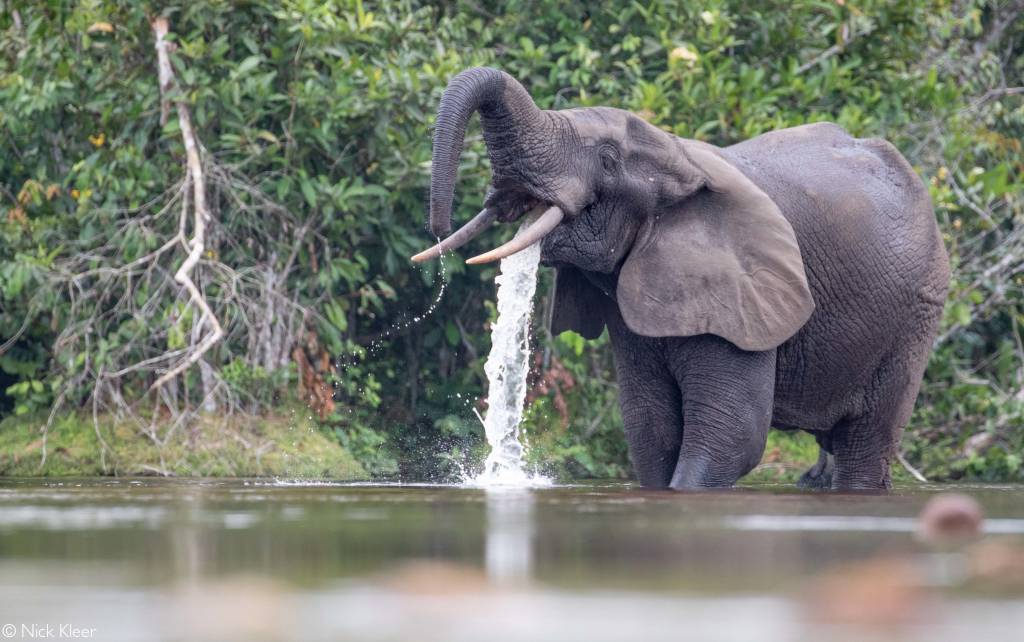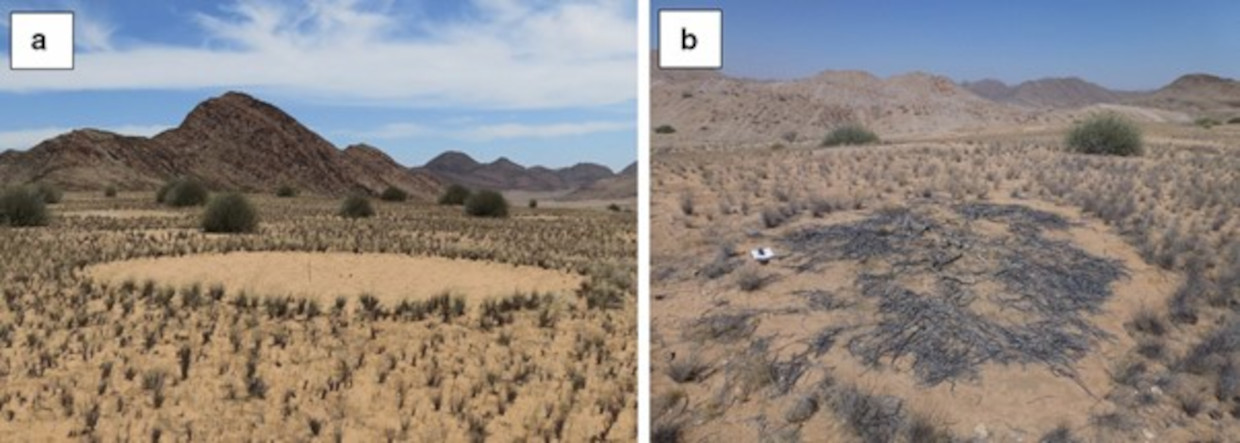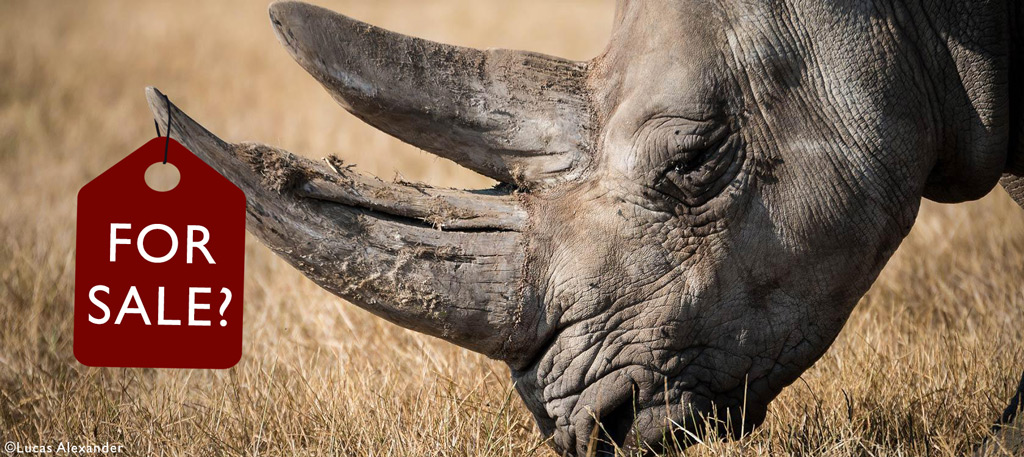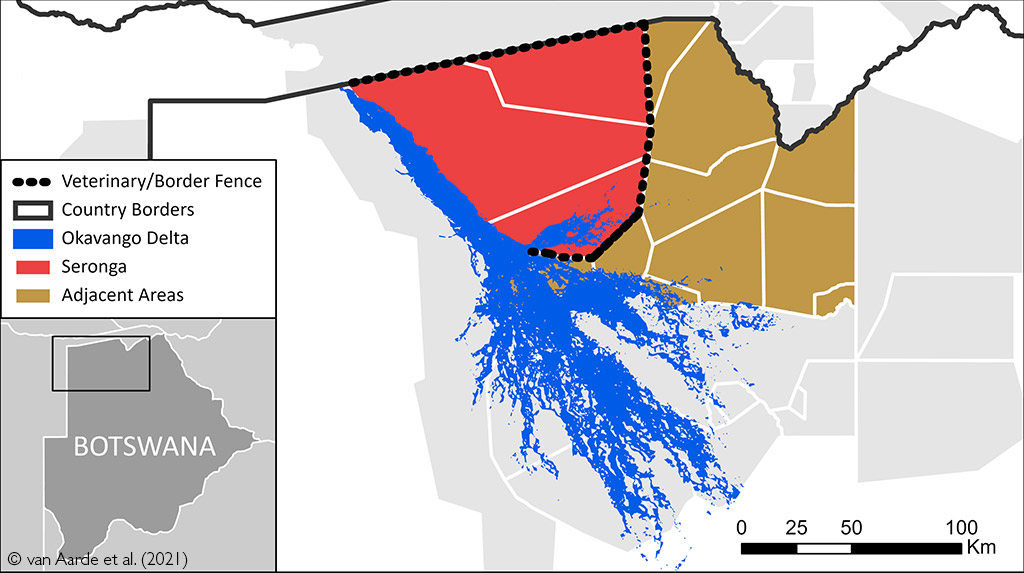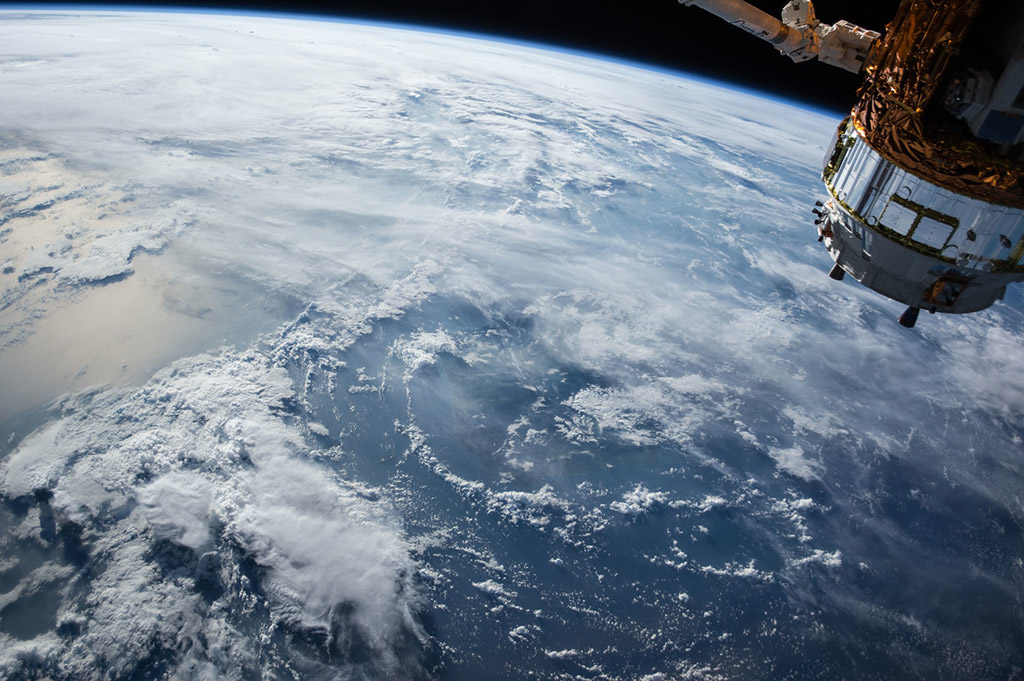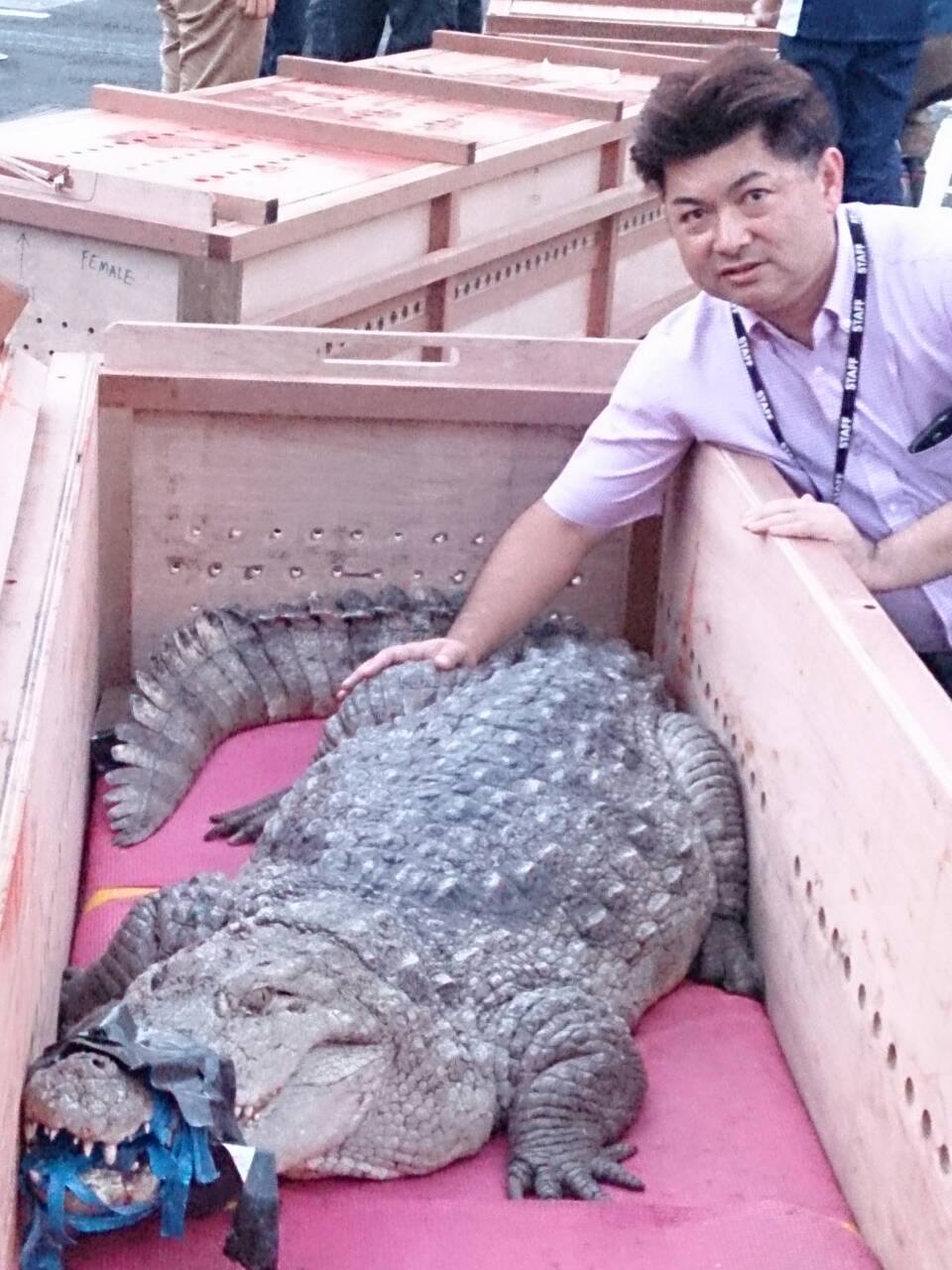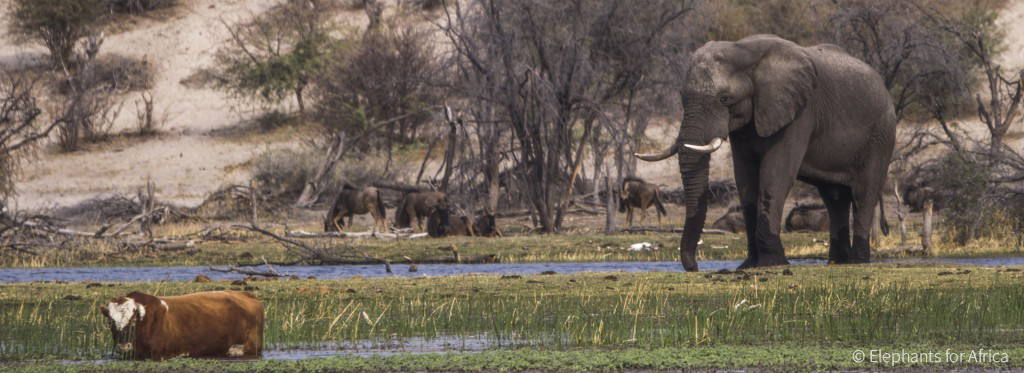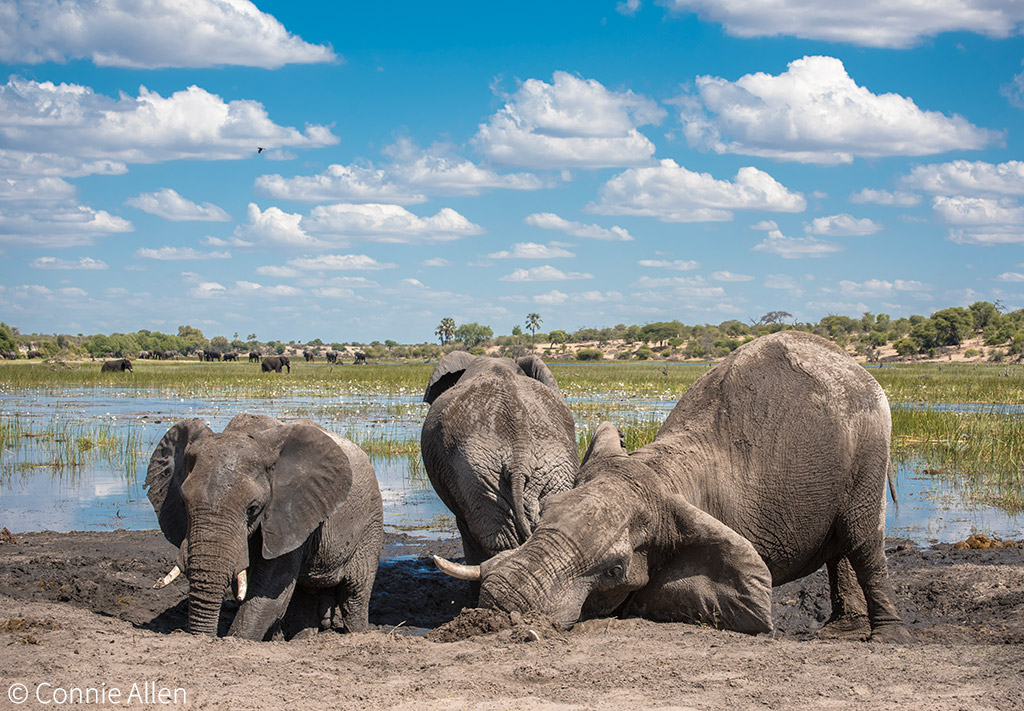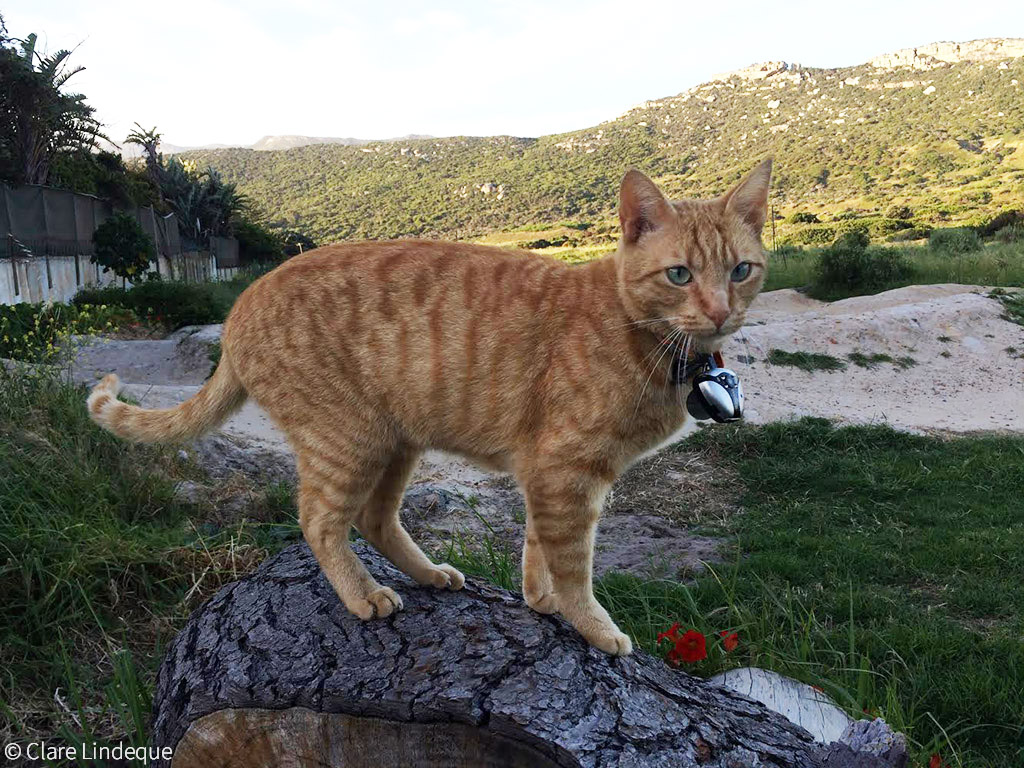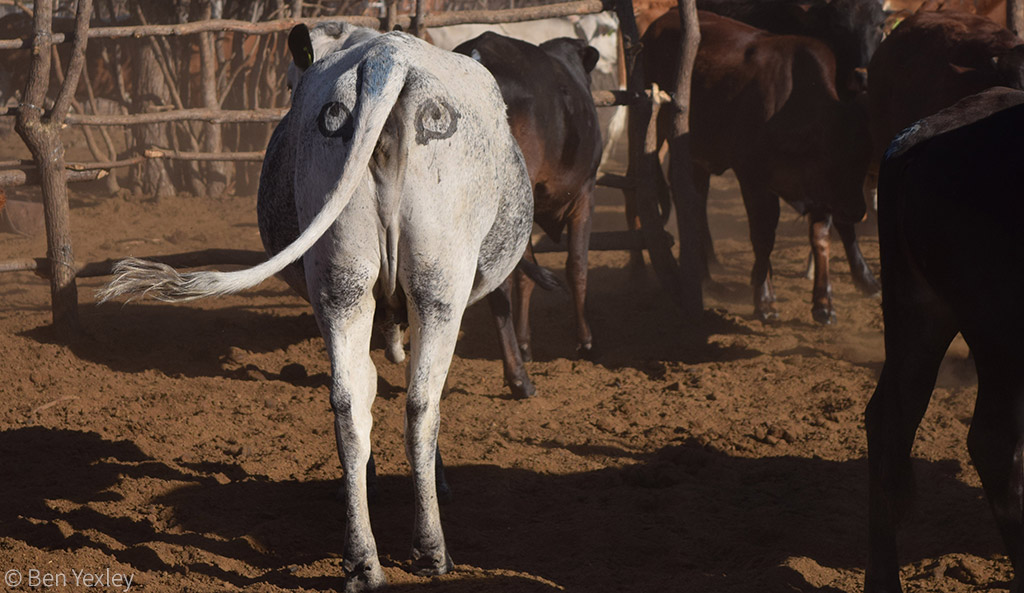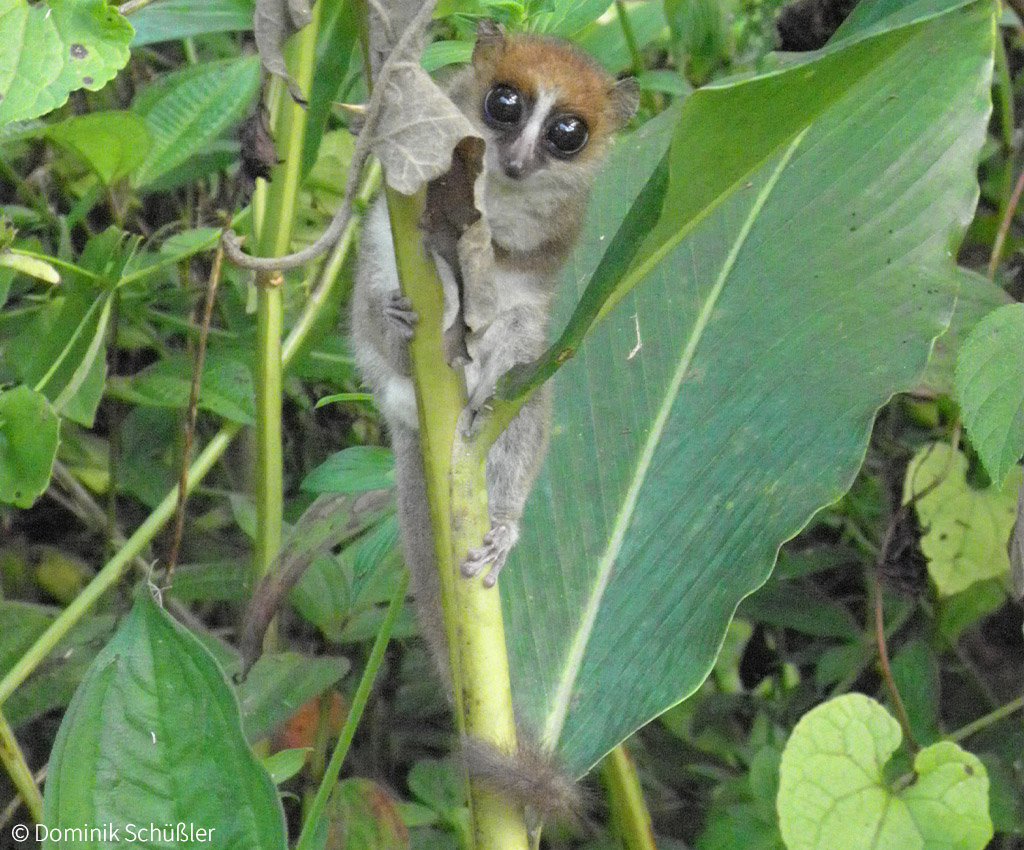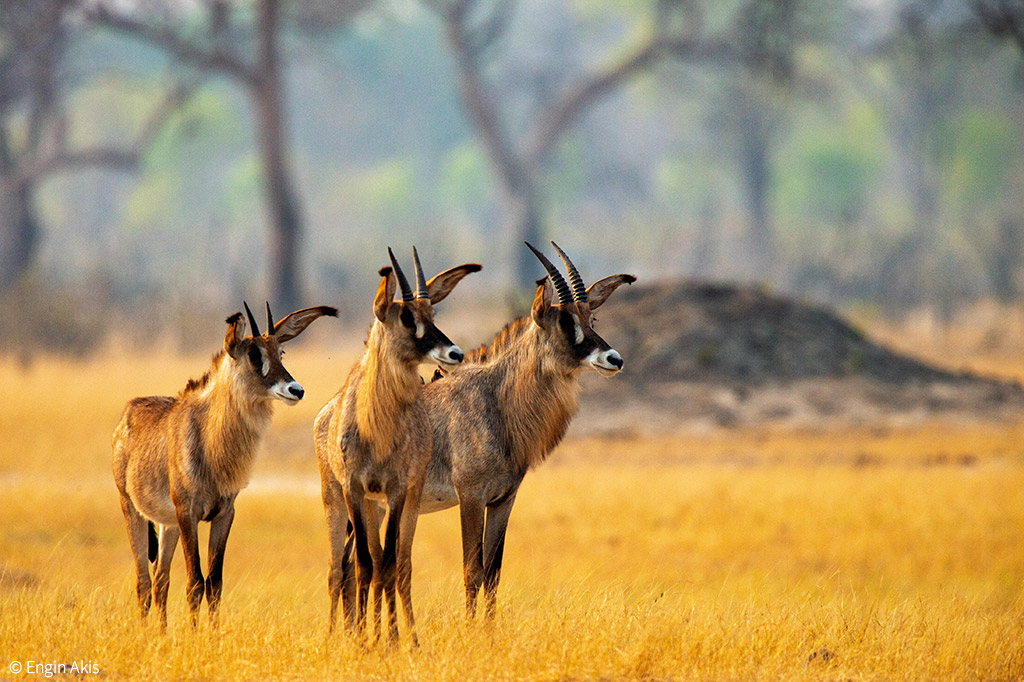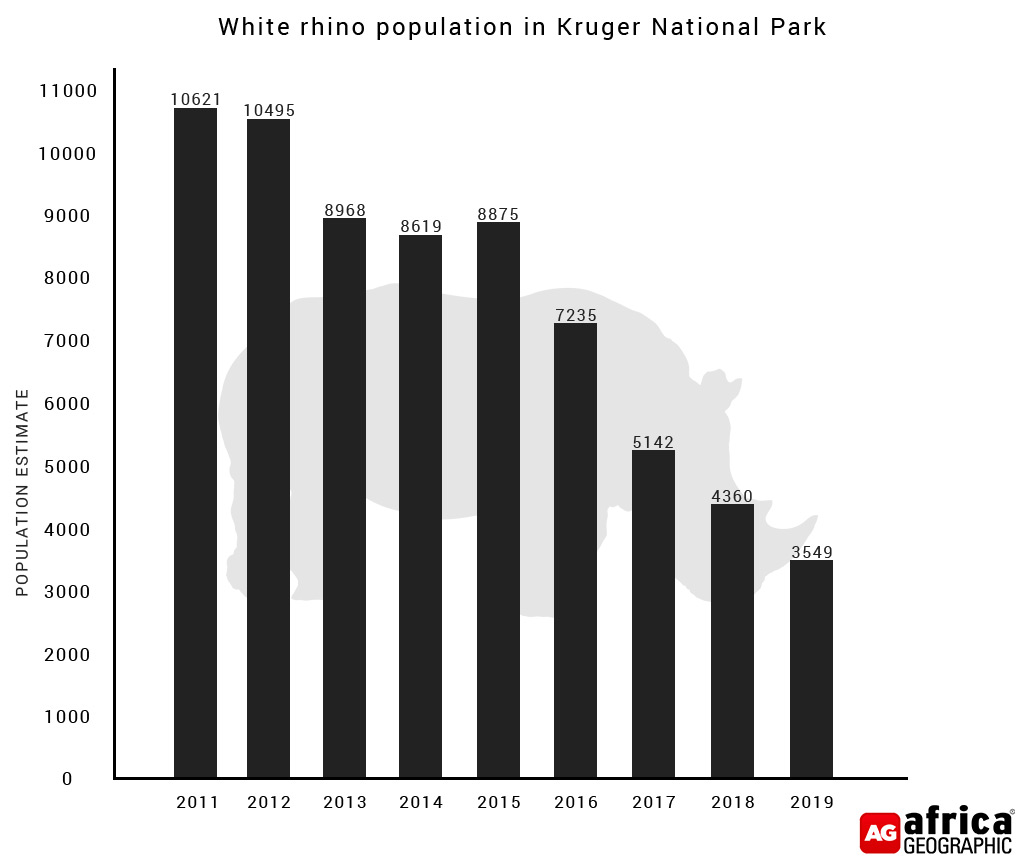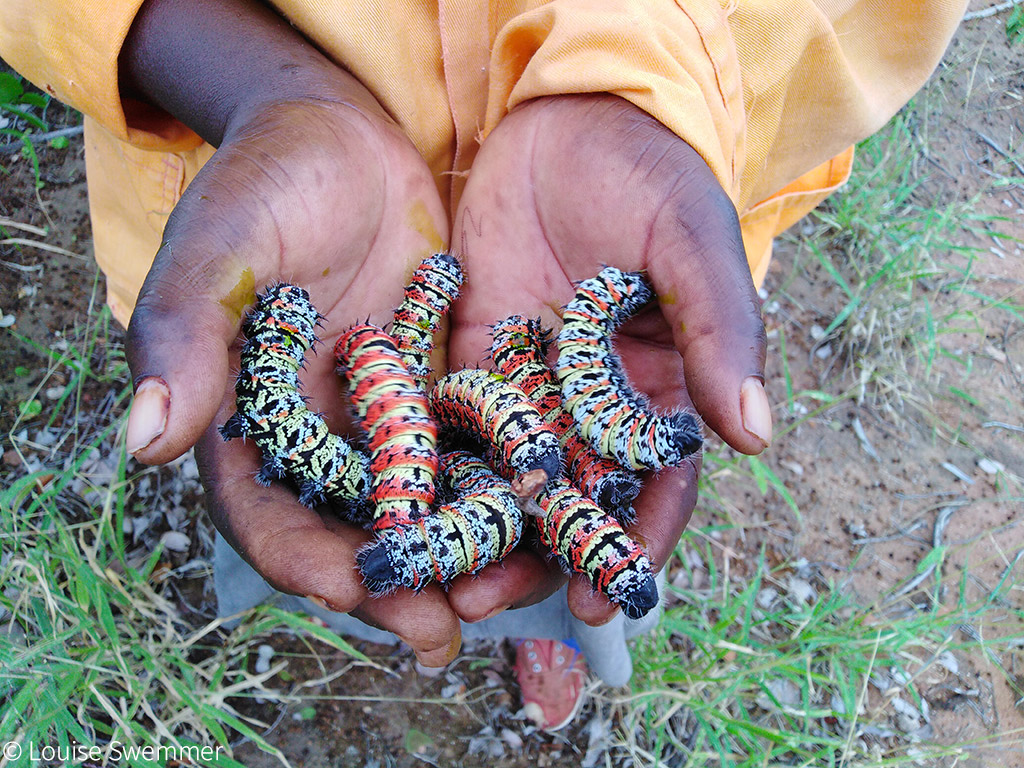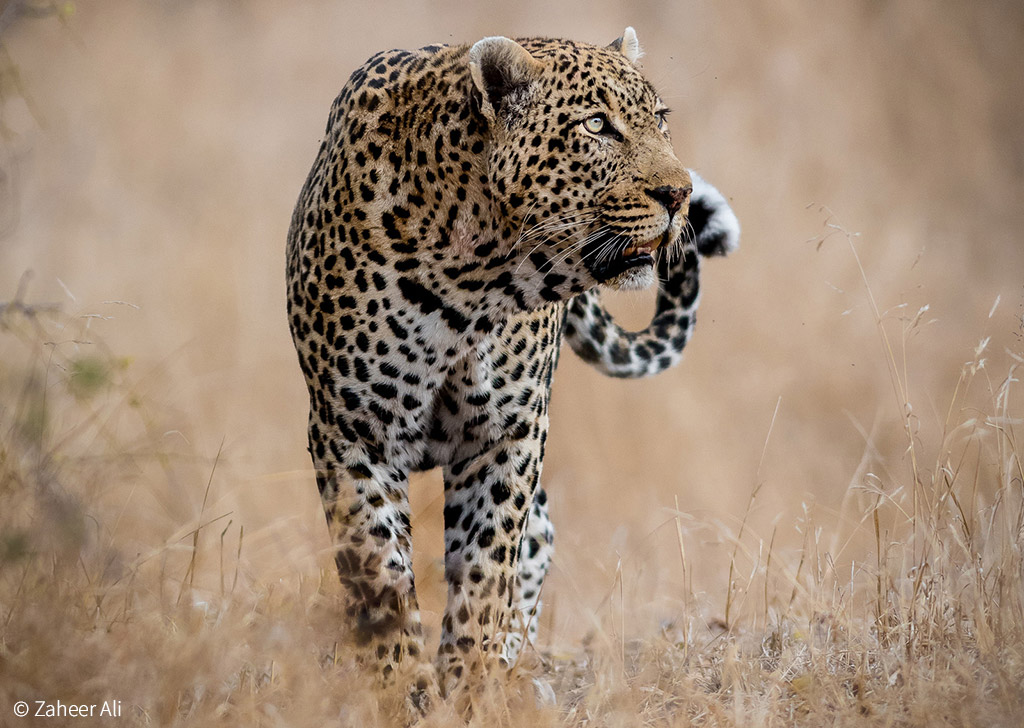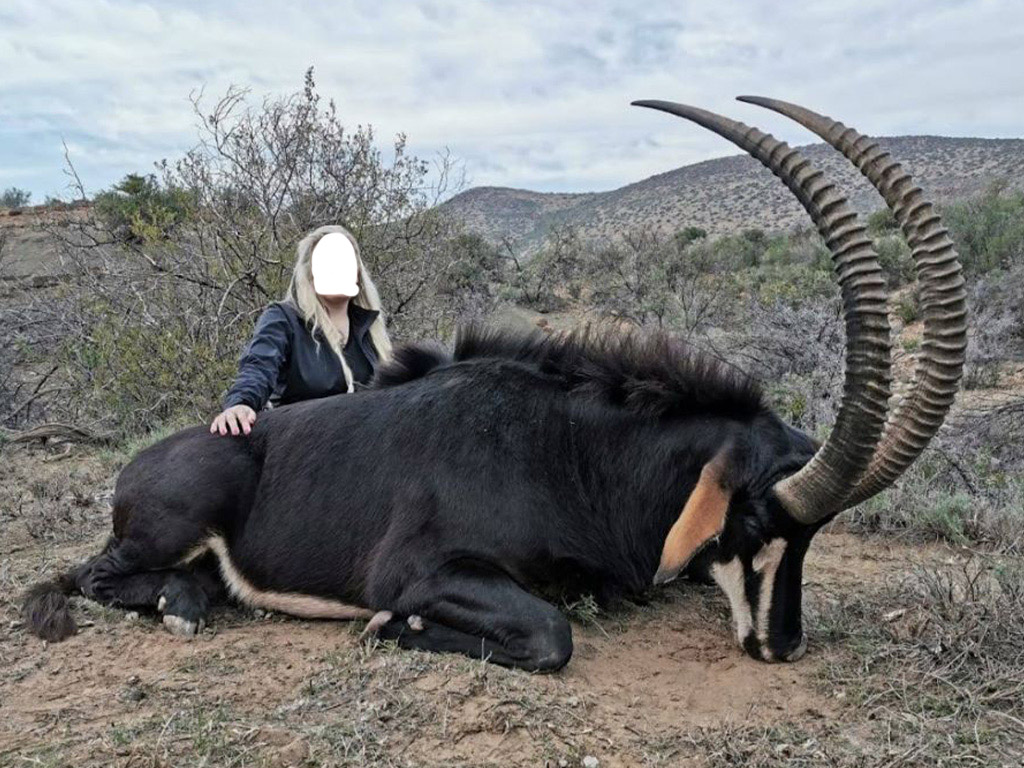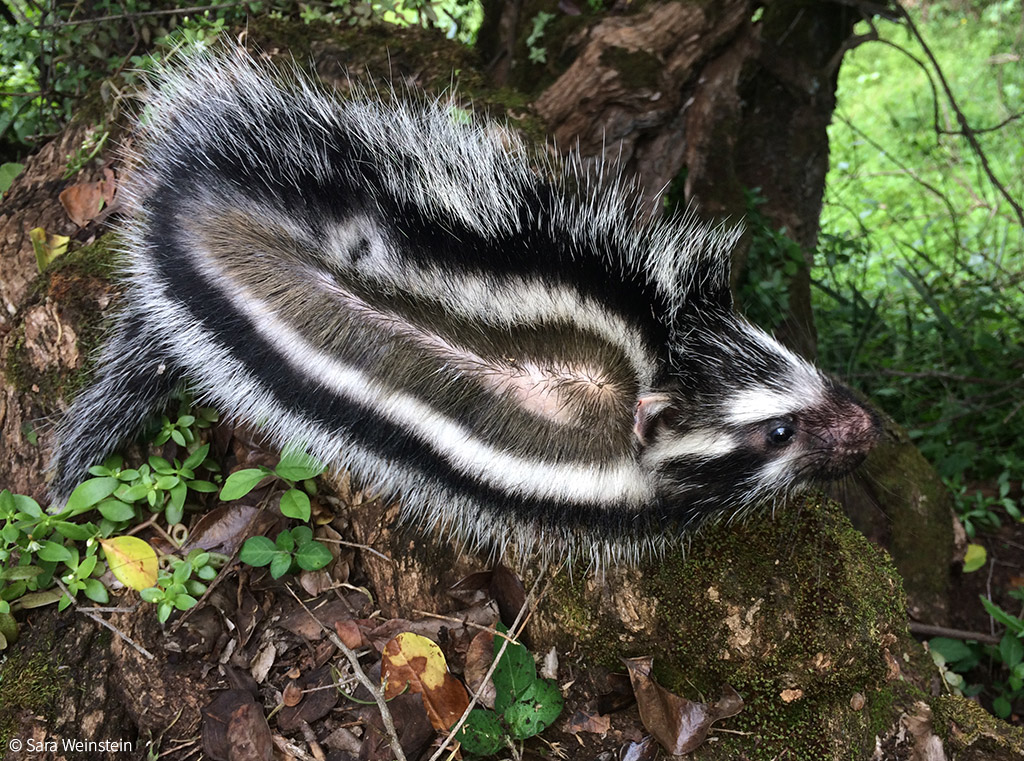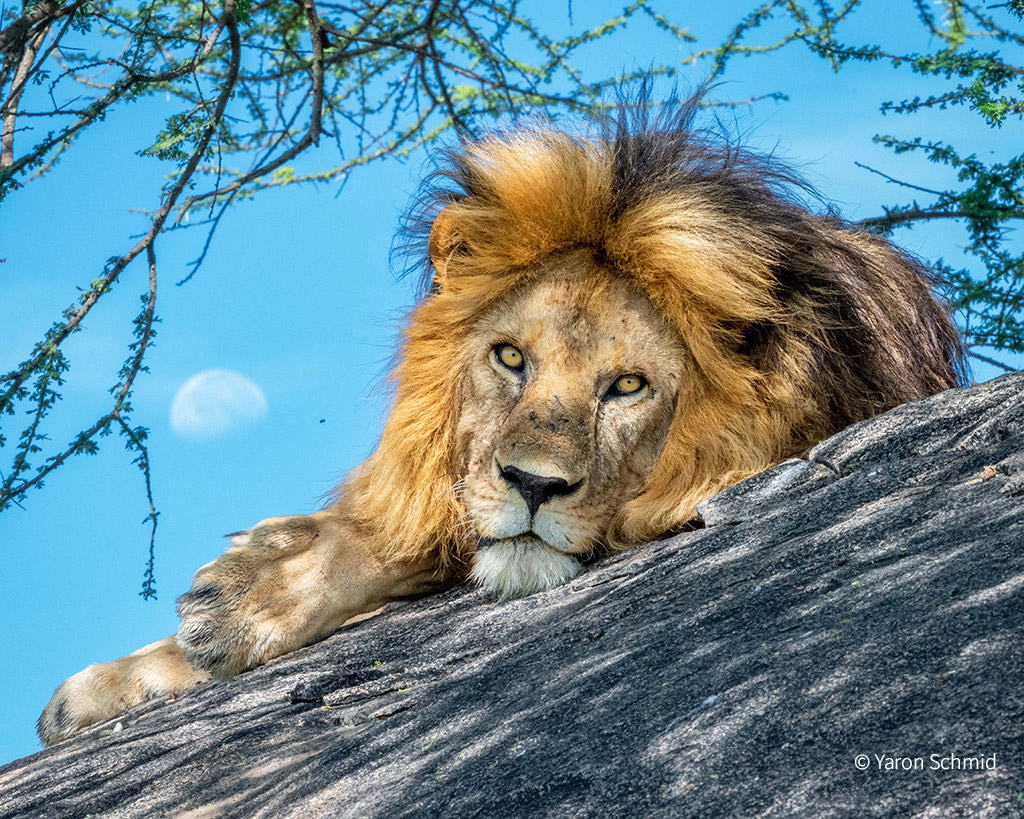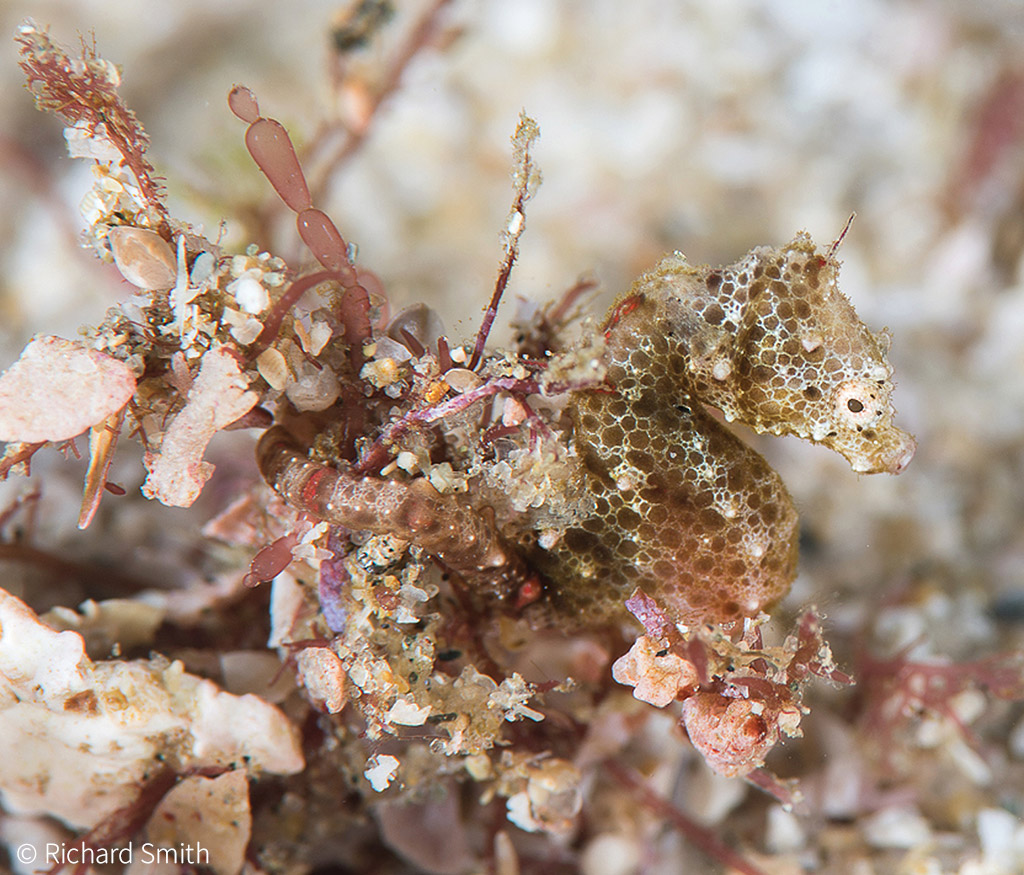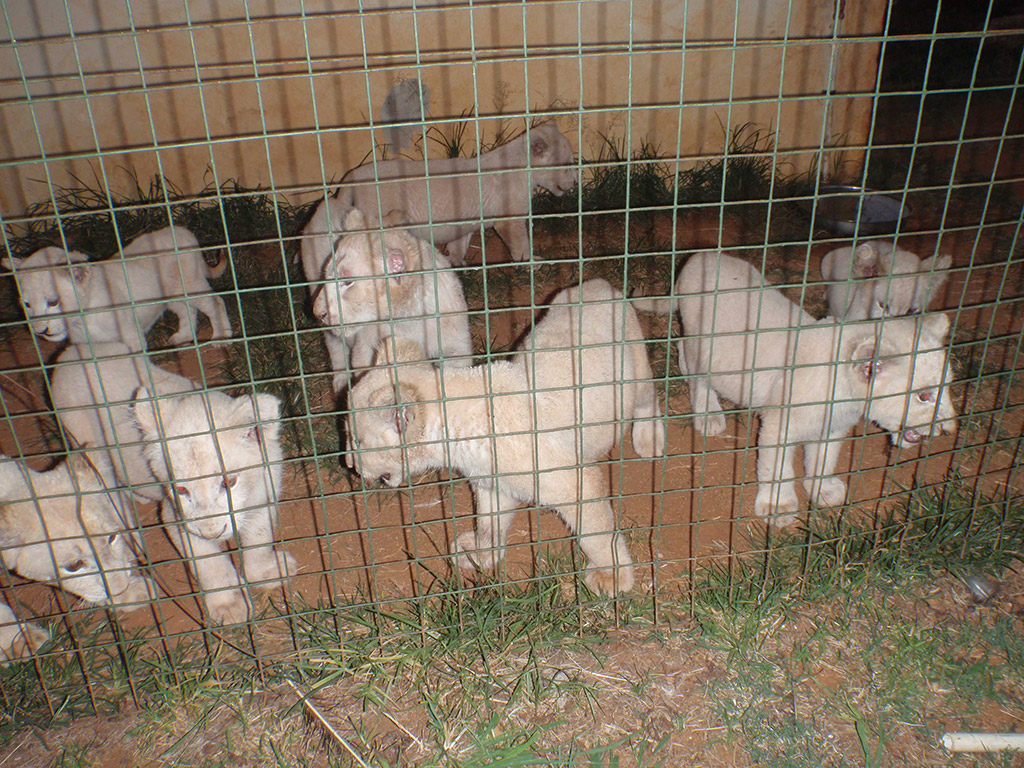Ivory poaching selectively drives the evolution of tuskless elephants – new research confirms what many experts have suggested for decades
Post Series Archives:
Sunbird feathers and the sweltering cost of beauty
Gorgeous iridescent sunbird feathers play an essential role in visual communication but could dangerously increase heat absorption – new research
Is lion hunting sustainable?
Lion hunting sustainability in Africa has been extensively investigated by pragmatic experts desperate to conserve our remaining wild lions
Hyena cubs infected by parasite ‘self-sacrifice’ by approaching lions
Funky fact: Hyena cubs ‘self-sacrifice’ by recklessly approaching lions if infected by a microscopic parasite. New research
Does tourism benefit local people? A Namibian case study
Does tourism always benefit local people? A new study of an established project linking Windhoek to the Zambezi region in Namibia suggests not
Chimps kill baby gorillas – observed for the first time
Chimps kill gorilla babies in two separate incidents in Loango National Park, Gabon – the first time the behaviour has ever been observed
Namibia’s livestock guarding dogs are saving cheetahs
Guard dogs are saving cheetahs, says new research based on livestock guarding dogs – because livestock losses have reduced by 91%
Wildebeest sleep and the mysteries of slumber
Wildebeest sleep for just four and a half hours in a 24 hour period – most deeply in the dead of night – says new research
The science behind rebranding wild dogs
Rebranding wild dogs (Lycaon pictus) – new research suggests that “painted dog” triggers the most positive reaction from humans
How the Kilimanjaro glaciers left truth in the cold
Kilimanjaro’s disappearing glaciers have been a symbol of climate change for more than than 15 years. Science says it is much more complicated.
Do tracking collars impact animals negatively?
New research indicates that animals fitted with tracking collars, experience no long-term, negative effects. Further research is needed however.
Lion farming and zoonotic diseases
The zoonotic diseases that lions carry and why lion farming is potentially harmful to human beings – new research
Four giraffe species, seven subspecies: new research
Giraffe – four species and seven subspecies the correct division – says new research
Banks must help fight illegal wildlife trade
Banks can help fight illegal wildlife trade but their failure to identify the financial footprints of poaching syndicates results in lost opportunities to disrupt trade – new research
Changes to CITES listing process recommended
CITES listing process needs to change with careful consideration given to the complicated set of conservation implications for each species.
Elephant range is just a fraction of its potential
Africa’s elephants occupy just 17% of their possible range, their historical areas fragmented by human activity. There is potential for expansion – new research
African grey parrots in traditional medicine
African grey parrots are targeted for medicinal and spiritual practices in West Africa. The trade is a significant threat to grey parrots – new research
Forest elephants – vanishing ghosts
Forest elephants have finally been granted species status (something scientists have known for decades). With this has come the appalling IUCN classification of ‘critically endangered’
Fairy circles – ghostly footprints of dead Euphorbias
Fairy circles – Euphorbia toxins are responsible for the bizarre fairy circles that have baffled and fascinated scientists – new research
The story behind the Namibian elephant auction
Namibian elephant auction: We look at the background, reasons and context of the controversial sale by auction of 170 wild-caught elephants
Does the farming and legal trade of wildlife do more harm than good? New study
Farming and legal trade of wildlife could increase demand for wildlife products and so be negative from a conservation perspective – research
Did fences cause the elephant deaths in Botswana?
New study examines whether fences could have impacted the elephant deaths in the Seronga region of Botswana in mid-2020.
Spotting elephants from space
Artificial intelligence and satellite images can help conservationists count elephants from space, says new research.
The extinction business – South Africa’s cold-blooded reptile trade
South Africa’s amphibian & reptile trade is a growing industry that is unregulated, unsustainable, and unethical – says report
Arch-enemies? New research on lions vs hyenas
Lions vs hyenas is the ultimate African drama. New research has shed light on the dynamics between these two apex predators
Female banded mongooses incite violence for better mating opportunities
Female banded mongooses lead their groups into deliberate conflict with rival groups to increase their chances of mating – research
Forest elephants going hungry as climate change stops trees from fruiting
Forest elephants are losing body condition – most probably due to climate impacts on forest tree fruit production – say researchers
COVID-19 ‘perfect storm’ threatens conservation in Africa
A new report examines just how bad COVID-19 is for Africa’s wildlife and protected areas and what needs to be done to save our wild spaces
Saving rodents, losing primates – we need tailored strategies to manage bushmeat trade
Viewing all bushmeat trade through one lens over-simplifies the complex situation and could lead to accelerated disappearance of some species
Trophy hunting – how do African people feel?
Trophy hunting: How do African people perceive and react to trophy hunting compared to those from the Western public – research
How much water should lodges be using?
How much water should safari lodges be using? The lowering of groundwater levels could compromise the ecosystem and wildlife.
Elephants & cattle – restoring soil nutrient levels
Research shows that elephants can assist farmers by restoring soil nutrient levels when cattle have depleted those nutrients
The importance of adult male elephants
The selective harvesting of old bull elephants damages broader elephant society because of the important role played by the bulls – research
“Lost” species of elephant shrew alive and well
Researchers have rediscovered the Somali Sengi (an elephant shrew) – which was thought to be extinct and was last seen nearly 50 years ago
Domestic cat predation on wild animals in Cape Town
The domestic cat is a honed killing machine whose impact on biodiversity in South Africa is only now being fully revealed
Counting lions: new study shows the importance of good counts for lion conservation
Counting lions using correct techniques is vital to understand how many lions there are. Historical surveys have not resulted in good data
Keeping an eye on predators
Attacks on livestock by wild predators is a common problem in Africa – and scientists say that painting eyes on cattle backsides could help
“Living dead” – elephants in Kruger NP are sterilizing palm trees, says research
Elephants feeding on fan palm trees are preventing the palms from reaching full size & reproductive potential in Kruger NP, says new study
Tiny primate: new species of mouse lemur discovered
Scientists have discovered a new species of mouse lemur in Madagascar – which is already threatened by habitat loss & climate change
Roan antelope conservation challenges
Roan antelope populations have dropped to perilously low levels, and there is every chance they could disappear from the areas such as Kruger National Park
Will legal international rhino horn trade save wild rhino populations?
Will legal international rhino horn trade save the wild rhino population? Find out here in this thought-provoking opinion post
It’s not about the worm
Mopane worms are a popular source of protein and delicious snack for rural people in Limpopo – read about a sustainable Kruger harvest program
Aardvarks and climate change
Aardvarks are being severely impacted by climate change, says research being conducted in arid areas where temperatures are expected to rise
Human impact results in leopard inbreeding – research
Human activity is affecting negatively on leopard populations – via changes in age, sex & social structure of leopard populations – research
Trophy hunting ban could harm conservation on private fenced farms in South Africa – says study
Trophy hunting on many private fenced farms in South Africa – this study examines the impact that a ban could have on biodiversity
The real economic value of Greater Kruger National Park
A 2020 study has revealed the considerable economic, social and political contributions of the Greater Kruger National Park
The rat with a deadly secret
Deadly secret: the crested rat transfers poison from the bark & leaves of a highly toxic tree to its fur as a predator-evasion strategy
Lion evolution according to genome sequencing
Scientists have used genome sequencing of lions to reveal the evolutionary history of living & extinct lion species.
20mm pygmy seahorse discovered in South Africa
A divemaster has discovered a new species of pygmy seahorse in a sandy coral reef in Sodwana Bay, South Africa, that is only 20 mm long.
Wildlife trade between South Africa and China exposed – legal and illegal
The vast scale of legal and illegal trade in wildlife species between South Africa and China – many of them CITES 1 species – has been revealed by an extensive report.

